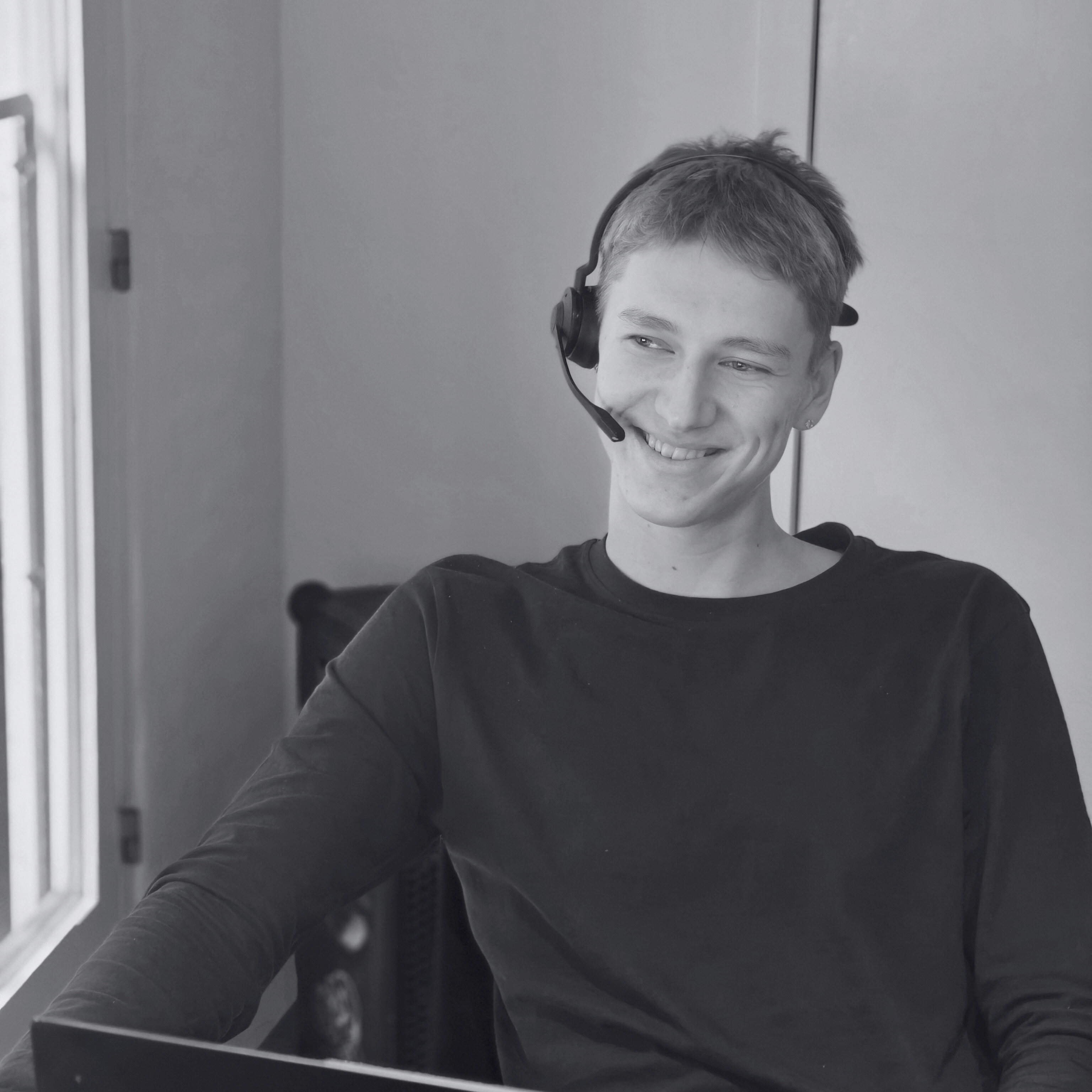Why follow-ups work better when returning from vacation
Follow-ups sent after a holiday period consistently perform better. Learn why timing your outreach for when people return to work increases engagement, improves tone, and strengthens professional relationships.

Every professional knows the silence that follows a message sent during holiday season. You press send, wait a few days, and nothing happens. It is not rejection, it is timing.
People switch off during holidays, and rightly so. Their focus shifts away from work. When they return, their inbox tells a story of chaos and catch-up. That is where timing your follow-up correctly becomes an advantage.
The Power of Good Timing
A follow-up is often more about when you send it than what you say. The first few days after a break are noisy. People face a backlog of messages and try to regain control. Sending your follow-up into that noise rarely works.
Wait a few business days. Three to five is usually enough. It gives the other person space to clear the clutter and settle back into their routine. When you follow up at that moment, your message feels relevant rather than demanding.
Patience here is not hesitation, but merely strategy.
Why Messages During Holidays Go Nowhere
Messages sent during holidays do not fail because they are bad. They fail because they are mistimed. When people are resting, your note is simply not part of their attention span.
Out-of-office replies are your best signal. They tell you when someone is away and, more importantly, when they will return. Instead of sending more reminders, take that as information. Plan your follow-up for when they are back, not before.
Respecting the Natural Work Rhythm
Work and rest come in cycles. A well-timed follow-up acknowledges that. It does not interrupt, it waits for the right moment.
You do not need over-friendly openings or long explanations. A simple line such as “Hope your return to work is going well” is enough. It sets a respectful tone and gets straight to the point.
Then remind them of your earlier message, add something new, and make your next step clear. Simplicity makes communication sound confident.
Crafting a Follow-Up That Adds Value
A good follow-up has a purpose. It is not a repeat of what you have already sent. Add value, an update, a new piece of information, or a relevant observation that helps move things forward.
Your call to action should be precise and easy to respond to. Ask one thing, not three. When people return from time off, they want clarity, not another decision to manage.
Using More Than One Channel
Email works well, but it is not the only way to reconnect. A short LinkedIn message or a brief call can be effective if it suits the relationship. What matters is tone and timing.
Avoid blasting the same message everywhere. One calm, clear follow-up on a single channel carries more weight than a wave of reminders.
Why Patience Builds Credibility
Effective follow-up is a quiet skill. It shows you understand timing, not just persistence. Waiting until your contact is ready shows professionalism and respect, qualities that stand out more than constant reminders ever could.
This approach also changes perception. Instead of looking like someone chasing, you come across as someone worth replying to. The result is better engagement and better relationships over time.
If your team wants to strengthen its follow-up strategy, WDFU helps organisations design systems that fit real work rhythms and deliver consistent, respectful communication results, all year round.
